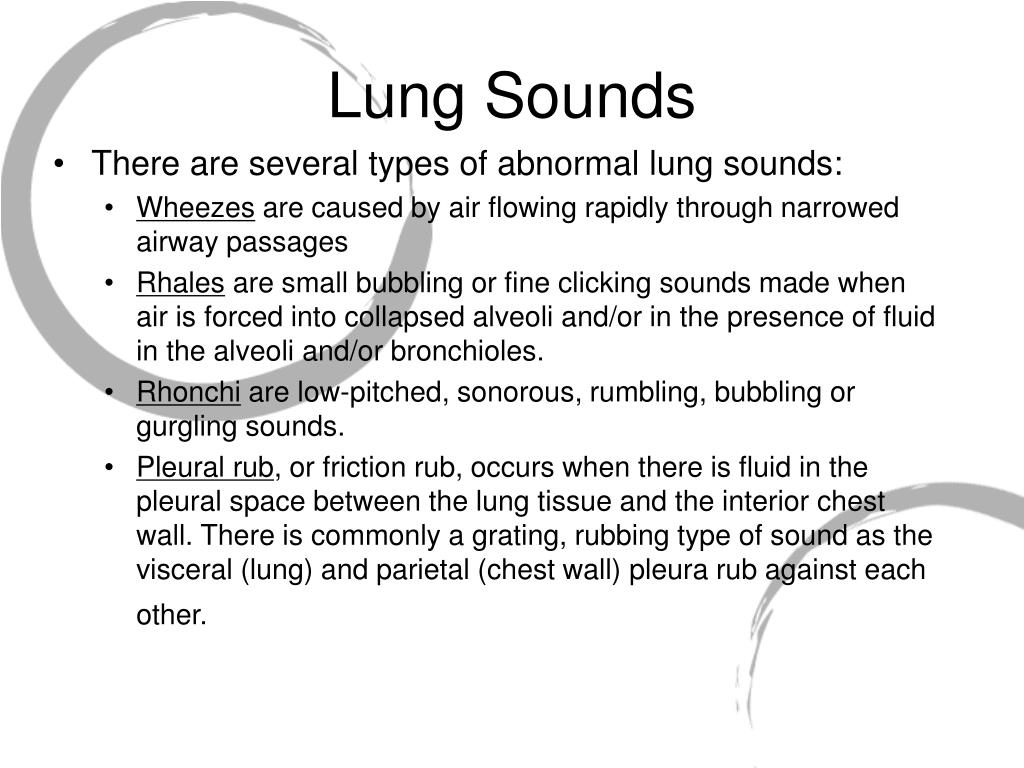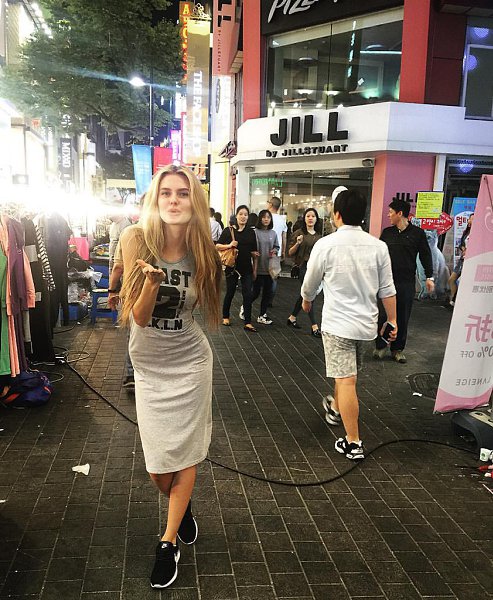

Go to the emergency room if one pupil is bigger than the other and you experience any of the following: If one pupil can’t adjust to light like it usually does, you might have trouble seeing clearly, or you might be light sensitive in your affected eye.Īnisocoria can be accompanied by serious symptoms. Other than physically looking out of proportion, the difference in size might affect your vision. Usually, one of your pupils will be different enough from the other that you can notice it in a mirror. The most obvious way anisocoria affects your body is one of your pupils is bigger than the other. Talk to your provider about what you should expect if your child’s pupils are different sizes at birth. Experts estimate that around 15% of people experience anisocoria at some point in their lives. How common is anisocoria?Īnisocoria can affect anyone. That’s why you should talk to your provider as soon as you notice any changes in your eyes or vision. It can cause a drooping eyelid ( ptosis), irregular pupils and a lack of sweating on half your face.īoth anisocoria and Horner’s syndrome can be caused by serious, life-threatening conditions like a stroke, brain aneurysm or some cancers. Horner’s syndrome is a rare genetic condition that affects the tissue around your eyes. Some are temporary, but some can be life-threatening. Anisocoria can be caused by lots of conditions. It’s similar to the way you might see swelling in your body referred to as edema. Horner’s syndromeĪnisocoria is the medical term for asymmetric (different sized) pupils. Some people develop anisocoria with no long-term complications, but it can also be a sign of a much more dangerous issue in your body. Visit your provider or go to the emergency room if you notice one of your pupils is suddenly larger than the other. It shrinks (contracts) in bright light and expands (dilates) in dim light. It naturally changes size without you noticing or controlling it. The pupil is the black center of your eyes that expands and contracts to help you see in different amounts of light. What is anisocoria?Īnisocoria is the medical term for when one of your pupils is bigger than the other.

Anisocoria makes pupils irregularly sized.


 0 kommentar(er)
0 kommentar(er)
